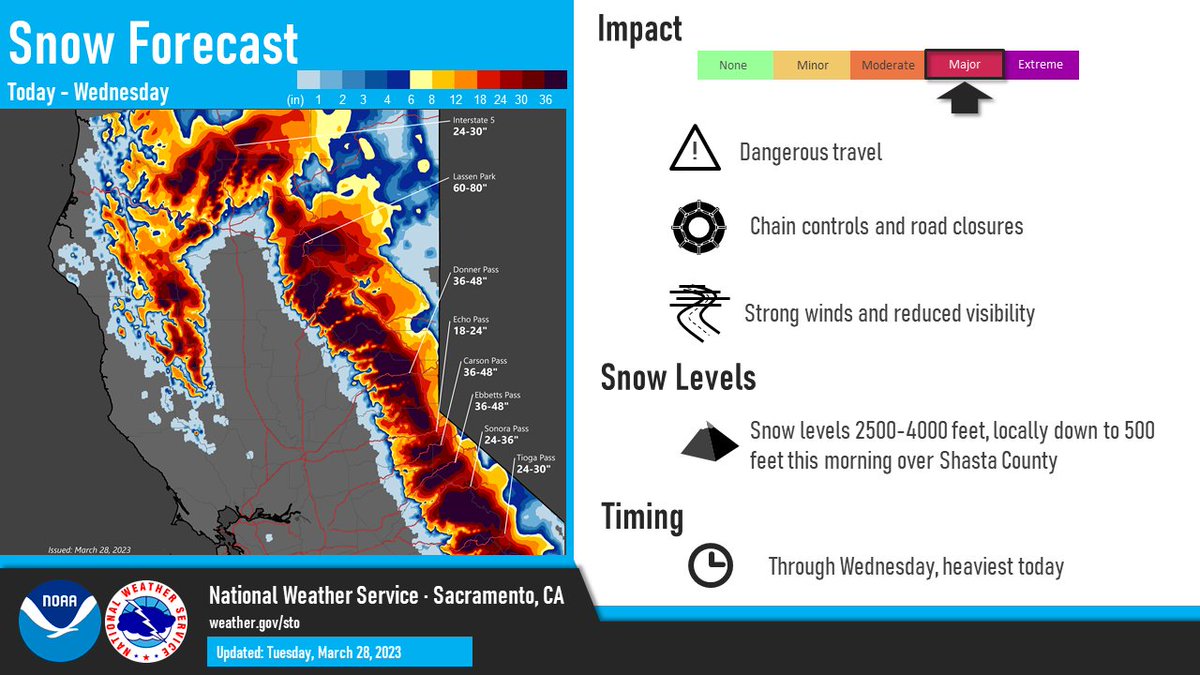
TV ads for products are an important part of marketing. These ads are cost-effective and reach the right audience. The best ad agency will help you build brand loyalty while maintaining customer relationships. Despite the proliferation of the internet, television remains an important part of the consumer experience. However, it is important to consider public health policies that could affect food and beverage advertising.
Multiple studies have looked into the influence of television advertising on children's food preferences. In Colombia, for example, prior research suggests a higher prevalence of television commercials for unhealthy products. To evaluate the impact of this type of advertising, researchers examined data for all foods and beverages advertised on television in the country in 2017. They found that TV ads' effectiveness is dependent on a variety of factors including socio-economic status as well as cultural values and product features. Among the results, TV ads for foods with poor nutritional quality, such as sugar and saturated fat, were among the most common.
Other studies have found that children may be more likely to ask for a certain food on TV, and make a purchase. While this may be beneficial for the product, it also suggests that advertisers should consider the health implications of their ads. As such, public health advocates should consider how to design ad campaigns that maximize their benefit while minimizing their negative effects.

According to researchers, prime time is when most people have a television in their living room. This is also true of advertising on mobile devices, which are becoming more prevalent. It is important that you ensure the quality of content displayed.
The most popular product category, based on the total number of impressions, was beverages. A large portion of television commercials involved beverages and dairy products.
The study also assessed the quality of the advertisement medium and the nutritional attributes for each product. The Pan American Health Organization model (an acronym that stands for Pan American Health Organization), can identify products that contain excess sodium and/or free sugars. The study found that 87 of all TV food and beverage advertisements exceeded PAHO's recommended thresholds for at least one nutrient of concern. However, the majority of these products were found to have low nutritional quality. This is not surprising considering their high prices. Therefore, a public health policy that can nudge consumers away from such unhealthy options might be in order.
There are many aspects to be aware of when you promote a product. You could ban such product promotion in schools or restrict the use child-directed characters in advertising campaigns. The effectiveness of product ads on television is still a complicated question that will be debated for many years.

It is important to understand the context in which the data are being considered. This could be the introduction of warning labels to consumers about unsubstantiated claims on packages, the banning or exclusion of certain characters from films and television, and the creation and execution of a comprehensive marketing program.
FAQ
What should you know about radio advertising
You should understand how the different types of media affect each other. The most important thing to remember is that all forms of media are complementary rather than competitive.
Radio advertising is best when used in conjunction with television. It can reinforce key messages and provide additional information.
Radio listeners may find TV commercials too long. Radio ads are typically shorter and less costly.
What is the cost of advertising on social media?
You should be aware that social media advertising costs money. You'll be charged monthly according to how long you spend on each platform.
Facebook - $0.10 for 1,000 impressions
Twitter - $0.20/1000 impressions (if applicable)
If you send invitations, Linkedin: $0.30 per 1,000 impressions
Instagram - $0.50/1000 impressions
Snapchat – $0.60 per 1,000 impressions ($0.40 for each user)
YouTube - $0.25 Per 1,000 Views
Tumblr Text Posts - $0.15 Per 1,000 Impressions
Pinterest - $0.05 per 1,000 impressions per month
Google + - $0.15-$0.20 per 1 million impressions
Tumblr: $0.15-$.20 per 100,000 impressions
Vimeo - $0.20 to $0.25 per 10,000 impressions
Soundcloud - $0.20 - $0.0.25 for 1,000,000 plays
StumbleUpon - $0.20 -$0.25 per 1 billion pageviews
Digg - $0.20- $0.25 for 1000 diggs
Reddit – $0.20-$0.25 Per 1000 Comments
Wordpress - $0.20 - $0.25 for 500 comments
Flickr - $0.20 -- $0.25 per 5,000 photo uploads
What is affiliate marketing?
Affiliate marketing is an internet business model in which you refer customers to other products and services. The product owner pays you for each person who buys from you.
Referrals are the foundation of affiliate marketing. To get people to buy from your affiliate marketing, you don't have any special requirements. Simply refer people to the website.
There are many ways to make money, without having to do any selling. It's just as easy to sell as it is to buy.
It takes just minutes to set up an account as an affiliate.
Referring more people will result in more commission.
There are two types:
-
Affiliates who own their own websites
-
Affiliates working for companies offering products or services.
What is an advertising buyer?
Advertisers buy advertising space on television, radio, and print media.
Advertisers are charged for the time their message will appear.
They do not always look for the best ads, but are looking for the most effective to reach their target audience.
The advertiser may have specific demographic information about their potential customers, such as age, gender, income level, marital status, occupation, hobbies, interests, etc.
These data can be used to help advertisers decide the most effective medium. Direct mail might be more effective with older customers, for example.
Advertisers also take into account the competition. If there are similar businesses nearby, they might choose to place their ads near those competitors.
Advertisers should also consider how much money they have available and how long it takes to use it.
What is an ad-campaign?
Advertising campaigns are a series or advertisements that promote a product. It could also refer the entire production of such advertisements.
The Latin word for "to Sell" gives rise to the term "ad". Marcus Terentius Varro (116–27 BC), the first known user of the term "ad" used it to mean "to make sales."
Advertising campaigns are typically done by large agencies and companies. These campaigns may include many media types such as print, television, radio and the internet.
Advertising campaigns are typically long-lasting and have clear goals. For instance, some campaigns aim to generate awareness while others focus on increasing sales.
What are the basics of television advertising?
Television advertising is a powerful medium to reach many people at one time. It was also very costly. However, it can be powerful if you use the device correctly.
While there are many types and styles of TV ads, most share some common traits. Planning any TV ad should start with ensuring it fits in its category. It is not a good idea to try and run a lifestyle TV commercial while running a product or service commercial. Your message should stay consistent throughout the campaign.
Remember that prime-time is the best time for your ads to be aired. This is because most viewers watch TV while relaxing in front of the set. They should be able to concentrate on what you are saying.
You don't have to be rich to achieve great results. It may be the reverse. A University of California study found that commercials broadcast during popular shows had a lower chance of selling products than those broadcast during less-popular shows. Make sure you are doing it right if you're spending a lot on TV advertising.
What is advertising's basic purpose?
Advertising is more about connecting with customers than just selling products.
Advertising is communicating ideas and values. It is about changing attitudes and minds. It's also about creating relationships.
It's all about helping people feel good.
You can't sell to your customers if you don’t know their needs.
It is essential to first understand the needs and purchasing habits of your customer before you embark on any advertising project.
This will allow you to create ads that resonate with your target audience.
Statistics
- It collects money from the advertisers, keeps 32% for its role in facilitating the process, and the remaining 68% goes to the publisher (you). (quicksprout.com)
- Google will display whichever ad type (CPM or CPC) is expected to earn more revenue for the publisher, which is in Google's best interest since they take a 32% share of the revenue. (quicksprout.com)
- Advertising's projected distribution for 2017 was 40.4% on TV, 33.3% on digital, 9% on newspapers, 6.9% on magazines, 5.8% outdoor, and 4.3% on radio. (en.wikipedia.org)
- This means that at least 50% of an ad needs to be shown on the screen for at least one second. (quicksprout.com)
External Links
How To
How do I advertise on Google?
AdWords can be used by businesses to advertise using keywords that they are interested in. Your account is the first step. First, you choose a campaign name. Next, you set the budget and select the ad type. Finally, add keywords. You then bid on these keywords. If someone clicks on one of your ads, you pay only if the click comes from a person who searched for one of your targeted keywords. This ensures that you are paid even if people do not buy anything.
Google offers many tools that will help you make your ads more effective. These tools include Ads Preferences Manager Manager, Keyword Planner and Analytics. These will allow you to identify the best options for your company.
Keyword planners help you choose the keywords that will be used in your campaigns. You can also see how competitive certain keywords are, which will help you decide whether to spend money bidding for them.
You can use Ads Preferences Manager to change settings like the maximum number of impressions per day and the minimum cost per click.
Analytics allows you monitor and compare the performance to your ads against other companies. You can also view reports showing how well your ads performed compared to others.